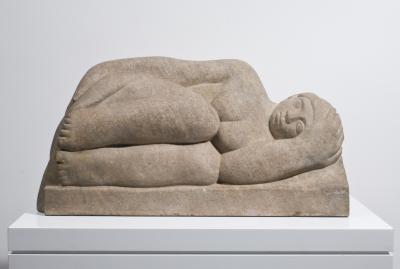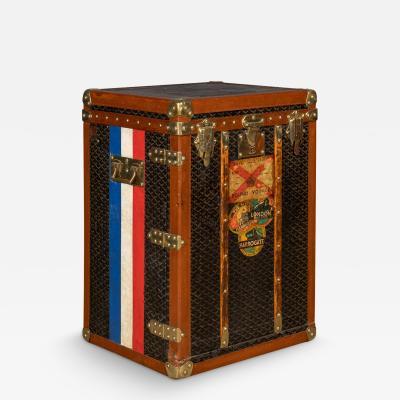The Montreal Museum of Fine Arts
This archive article was originally published on Incollect in October 2013.
The Montreal Museum of Fine Arts (MMFA) began as the Art Association of Montreal in 1860. Recognizing that the city lacked art schools, museums, and exhibition spaces, a handful of wealthy citizens formed the association to make art available to the city’s inhabitants. With minimal resources, the association was confined to hold annual exhibitions and occasional drawing classes. It wasn’t until 1877 when the successful businessman, Benaiah Gibb, bequeathed a plot of land, a sum of money, and his modest collection of European paintings and sculptures, that the association began to grow.
The association’s art gallery space was inaugurated in 1879 in Montreal’s business quarter, the first building in Canada specifically designed to house an art collection. The association began holding more frequent exhibitions, including an annual show devoted to living Canadian artists. Purchased works from these exhibitions formed the basis of what would become a vast collection of Canadian art.
After receiving a number of sizable gifts including collections and funds, the association’s holdings grew to include paintings by artists of the Hague and Barbizon schools, important pieces such as Emanuel de Witte’s (1617–1692) Interior with a Woman Playing a Virginal, works by El Greco (1541–1614), Jacob van Ruisdael (c. 1628–1682), Pierre-Auguste Renoir (1841–1919), Paul Cézanne (1839–1906), and a burgeoning collection of decorative arts.
The association decided to purchase a site in the city’s former Square Mile district (later the Golden Square Mile) to build a museum better equipped to house the rapidly growing collection. Opened in 1912, the museum (presently the Michal and Renata Hornstein Pavilion) welcomed 50,000 visitors over the course of its first year. In 1949, with a hefty collection of paintings, sculpture, and decorative arts, the association became the Montreal Museum of Fine Arts. In 1976, the Decorative Arts and Design pavilion, renamed the Liliane and David M. Stewart Pavilion in 2001, was opened. In 1991, the Jean-Noël Desmarais Pavilion was inaugurated. Designed by Architect Moshe Safdie, whose projects in Canada also include the National Gallery of Canada and the Musée de la Civilisation Quebec, the addition was linked to the original structure by a series of vaulted underground passage ways housing collections devoted to Ancient cultures.
The museum’s entire collection consists of 38,000+ objects and is divided among five main categories — Quebec and Canadian Art, International Art, Decorative Art and Design, World Cultures, and Contemporary Art.
In October 2011, the MMFA opened the 59,000 gross square feet Claire and Marc Bourgie Pavilion to house their impressive collection of Quebec and Canadian Art. 600 pieces from the collection are displayed mostly chronologically on six levels. From top to bottom, exhibition galleries include Inuit Art, Founding Identities (1700s–1870s), The Era of Annual Exhibitions (1880s–1920s), Towards Modernism (1920s–1930s), The Age of the Manifesto (1940s–1960s), and Expanding Fields (1960s–1970s). Adjoining the Bourgie Pavilion is the restored and converted nave of the former Erskine and American church that is now a 444-seat Bourgie Concert Hall complete with eighteen Tiffany windows. Designated as a historic site in 1998, the church was inspired by Romanesque revival buildings of American architect Henry Hobson Richardson (Trinity Church, Boston). Doubling the total area devoted to exhibiting Quebec and Canadian art, the six levels present the country’s entire history through a new layout that reveals both a singular and an interconnected story.
The addition of the Bourgie Pavilion is part of a complete museum makeover that was completed in 2012, involving a total reconfiguration of its collections, presented in new layouts of over 4,000 works between the four pavilions. To coincide with the opening of the new Pavilion, the museum released a major publication on its collection of Quebec and Canadian art. It forms part of a series of three major scholarly works on the permanent collection with World Cultures and Fine Arts (vol. 2) and Decorative Arts and Design (vol. 3).
1380 Sherbrooke Street West, Montreal, QC, Canada
For information call 514.285.2000 or visit www.mmfa.qc.ca
Monday: closed; Tuesday : 11am – 5pm; * Wednesday: 11am – 9pm; Thursday – Friday: 11am – 7pm; Saturday – Sunday: 10am – 5pm
* Museum Permanent Collection galleries close daily at 5pm.
Admission to the Collection is free.






































